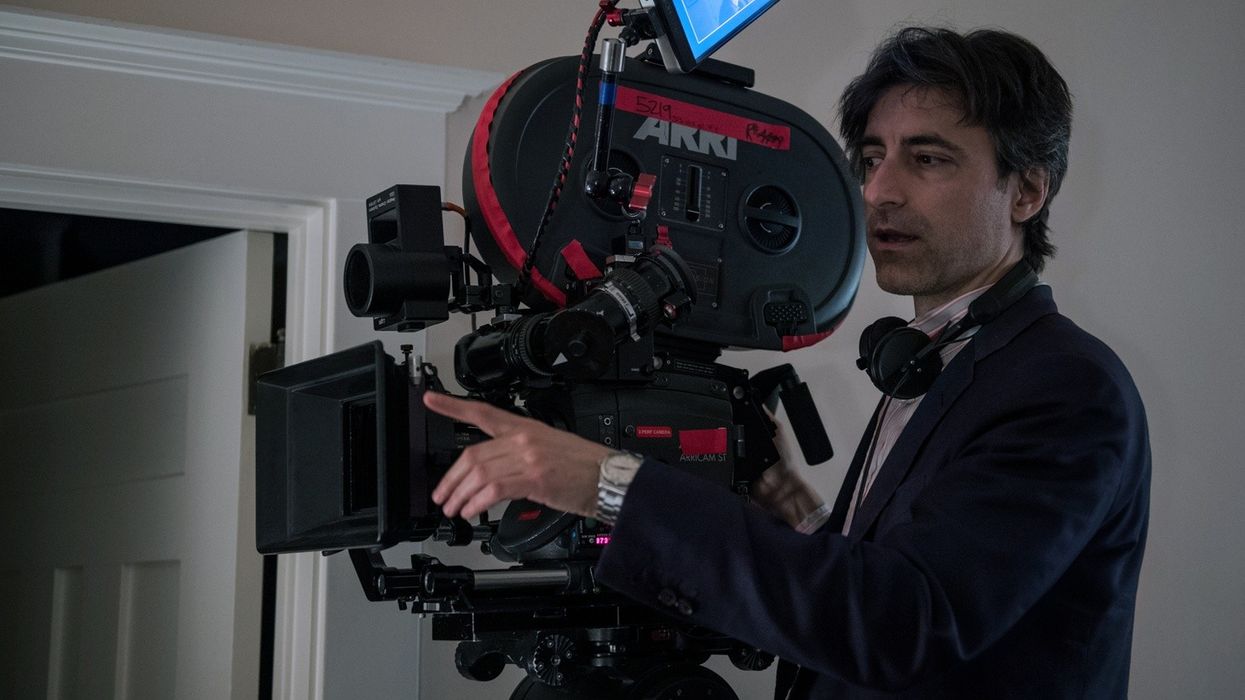How Does Noah Baumbach Create Realistic Dialogue?
Noah Baumbach is known for his razor wit, sharp characters, and scintillating dialogue. But how does he make it all feel so realistic and natural?

The dialogue of a film or TV show can make or break an audience's experience.
Dialogue not only conveys ideas to the people watching but it sets the tone for what's happening too. So what if you want to lean into a tone that's grounded, realistic, and gripping?
How can you write dialogue that supports the cause?
Well, Noah Baumbach can teach you a thing or two.
His films embrace their reality and it often feels like you're watching real families and people out in the world.
Today I want to go over some lessons from Baumbach's movies and learn how you can emulate his plan for success. Check out this video from Nerdwriter and then let's talk after the jump.
How Does Noah Baumbach Create Realistic Dialogue?
One of the things I loved about Marriage Story was how real it felt.
I'm not divorced (If my GF is reading this, I love you) but I've been in enough fights with significant others to know things get messy. Especially when both people want things to go their way.
So, I was excited to go back to Baumbach's other film, The Meyerowitz Stories, to see what both movies had in common.
And it was the realistic dialogue.
In fact, I think all Baumbach's work is tied together by this dialogue.
And I wanted to learn from it. Because I love it so much. For me, I think there were three keys to Baumbach's success:
1. Crosstalk
Baumbach succeeds in doing something we do all the time: talk over one another. He uses it sparingly, but in all his movies we get characters trying to speak with one another while talking over each other. He does not just direct them this way, he just also does it in his screenplays.
It doesn't happen in every scene, but it happens when characters need to talk about...
2. Overt emotions
Usually, during scenes, we get characters talking about anything except their emotions.
But when characters need to explode, Baumbach lets them. And he lets them say exactly what's on their mind. In Meyerowitz, we see Adam Sandler angry about selling a house and in Marriage Story it's a couple yelling at each other about ambition and love.
Again, this is done sparingly, but putting everything on front street we force our characters to face issues and give answers that provide drama.
3. Guarded characters
When characters are not sharing their feelings in these movies, they're incredibly guarded.
They don't want people to know what can hurt them. Physically or emotionally.
Think about the scene in Marriage Story where the Social Services woman comes to assess Charlie's home. He's so nervous about showing her a fake life he leads that he accidentally cuts himself very deeply with a knife.
These guarded characters will do ANYTHING not to talk about what's hurting them. That means they'll talk about baseball games or stories about life. Anything to stay away from what really scares them.
This might make you think scenes are actually mundane or nonsequiturs, but adding this in sparingly will give us a sense of these people's world and their reality. Once we accept that reality...all the dialogue will feel realistic and true to life.
What's next? Learn more about dialogue!
Learning how to write dialogue that conveys plot and jumps off the page by studying the best dialogue examples.
Click the link to learn more!











